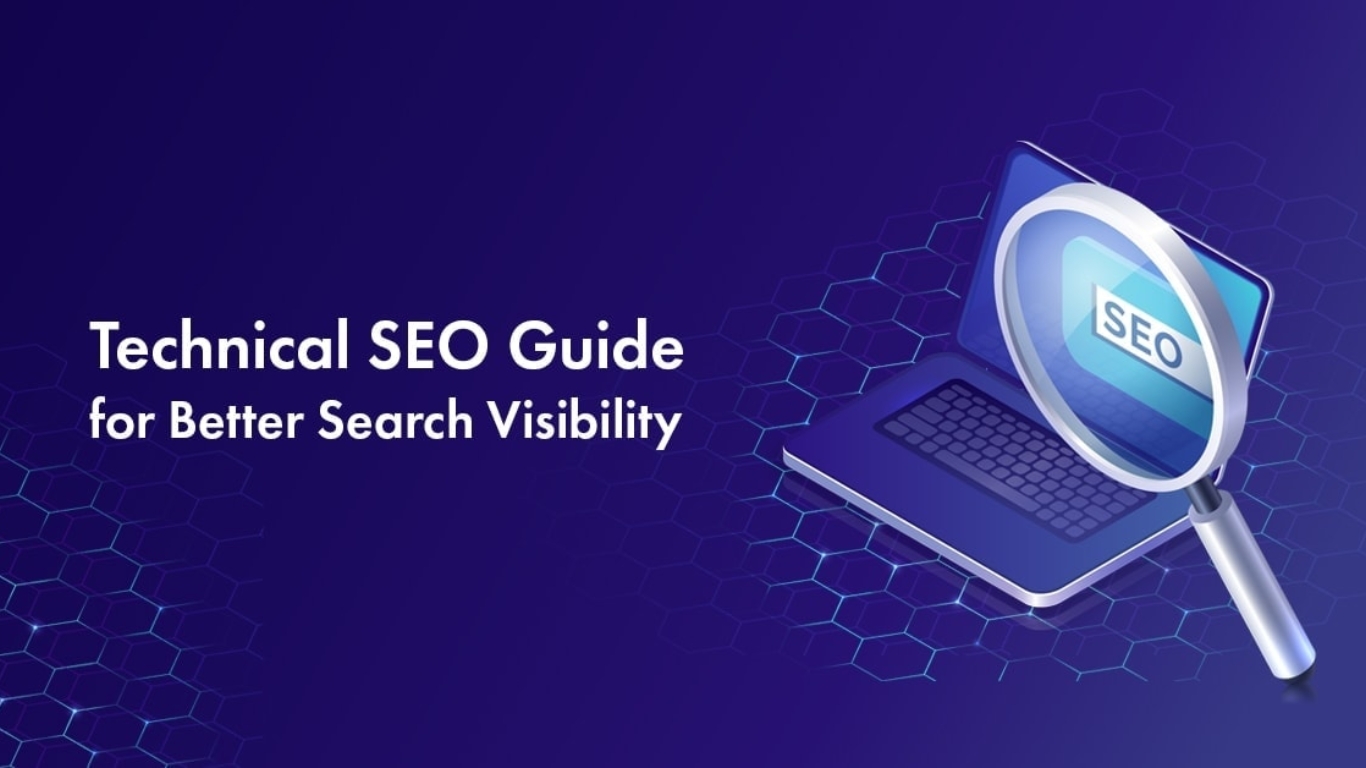Decoding Technical SEO: A Beginner’s Guide to Website Success
Feeling lost in the world of website optimization? Technical SEO might sound intimidating, but it’s a crucial part of ensuring your site ranks well and provides a great user experience. This beginner’s guide will break down what Technical SEO is, why it matters, and how to get started.
What is Technical SEO?
Unlike on-page and off-page SEO, which focus on content and link building respectively, Technical SEO deals with the technical aspects of your website that impact its search engine rankings. It’s about making sure search engines can easily crawl, index, and understand your site.
Think of it as laying the groundwork for your SEO efforts. Without a solid technical foundation, even the best content and link-building strategies may not be effective.
Why is Technical SEO Important?
- Improves Crawlability: Technical SEO ensures that search engines can easily crawl your website, discovering and indexing all your important pages.
- Enhances Indexing: Proper technical setup helps search engines understand and index your content correctly, ensuring it appears in relevant search results.
- Boosts Site Speed: Technical optimizations can significantly improve your website’s loading speed, a crucial ranking factor.
- Mobile-Friendliness: Technical SEO addresses mobile responsiveness, ensuring your site provides a seamless experience on all devices.
- Improves User Experience: A well-optimized site provides a better user experience, which can lead to increased engagement and conversions.
Key Elements of Technical SEO
- Website Speed Optimization:
-
-
- Optimize Images: Compress images to reduce file size without sacrificing quality.
- Leverage Browser Caching: Enable browser caching to store static resources on users’ devices.
- Minimize HTTP Requests: Reduce the number of HTTP requests by combining CSS and JavaScript files.
- Use a CDN: Consider using a Content Delivery Network (CDN) to distribute your content globally.
-
-
- Responsive Design: Ensure your website uses a responsive design that adapts to different screen sizes.
- Mobile Speed Optimization: Optimize your site for mobile speed, as mobile users have even less patience for slow-loading sites.
- Crawlability and Indexing:
-
-
- XML Sitemap: Create and submit an XML sitemap to help search engines discover and index your pages.
- Robots.txt: Use a robots.txt file to control which pages search engines can crawl.
- Fix Crawl Errors: Regularly check Google Search Console for crawl errors and fix them promptly.
-
-
- Implement Schema Markup: Use schema markup to provide search engines with more information about your content. This can enhance your search results with rich snippets.
-
-
- User-Friendly URLs: Use descriptive and concise URLs that include relevant keywords.
- HTTPS: Ensure your website uses HTTPS to provide a secure connection for users.
-
- Identify and Resolve Duplicate Content Issues: Use canonical tags or 301 redirects to address duplicate content issues.
Technical SEO Checklist for Beginners
- Check Website Speed with Google PageSpeed Insights.
- Ensure Mobile-Friendliness with Google’s Mobile-Friendly Test.
- Submit XML Sitemap to Google Search Console.
- Review Robots.txt file.
- Implement HTTPS.
- Add Schema Markup to Key Pages.
- Fix Crawl Errors in Google Search Console.
Conclusion
Technical SEO is an essential part of any successful SEO strategy. By focusing on these key elements, you can ensure that search engines can easily crawl, index, and understand your website, leading to improved rankings and increased organic traffic.
If you’re looking for expert guidance on Technical SEO, consider partnering with Dstechnoverse. As a leading digital marketing agency, we specialize in providing comprehensive SEO solutions to help businesses thrive online. Contact us today to learn more!
